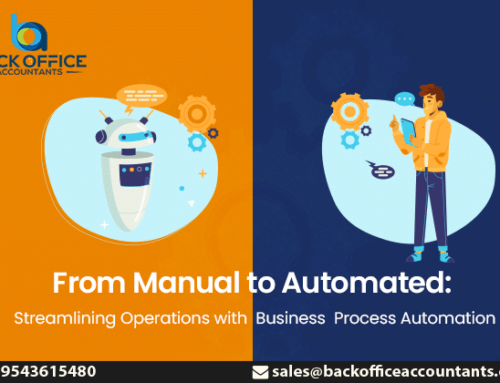The accounts Payable Turnover Ratio (APTR) reflects the rate at which a business makes payments to its suppliers and creditors. It is calculated by dividing the total purchases made on credit by its average Accounts Payable balance.
APTR is an important Accounts Payable metric that reflects the business’s financial performance in relation to Accounts Payable. When analysed with other financial metrics, it indicates the health of cash flow and helps benchmark the comparison. Given that it provides insight into the AP performance, it enables informed decision-making and course correction.
But how does one assess and analyse the Accounts Payable Turnover Ratio? Is it as simple as high is better and low is terrible? Not necessarily. The impact of APTR on the business’s financial health has to be assessed by considering various factors. In this blog, with the help of our Accounts Payable experts at Back Office Accountants, we analyse the APTR for you and then provide tips to improve it. Read on:
How to analyse the Accounts Payable Turnover Ratio (APTR)?
Higher AP Turnover Rate: A higher AP Turnover Rate indicates that a business frequently pays its creditors and vendors. When this high AP turnover rate results from deliberate planning and optimization, it suggests that the company adheres to a sound cash management system and is effectively using working capital.
We say this because when a business does this deliberately, there is a higher chance of taking advantage of early discount offers or other benefits to form prompt payments. However, this higher AP Turnover Rate may also indicate that the business is not ideally using the room offered by terms and conditions in managing their cash flow for better financial health and performance.
Similarly, if the company has a higher AP Turnover Rate but the cash flow is broken, it could spell trouble and lead to strained relationships. Sometimes, a higher AP Turnover Rate may also be synonymous with a lack of time to check the goods delivered, which may result in quality issues.
Whether a business wholly benefits from a higher AP Turnover Rate is only known by carefully evaluating the AP performance indicators.
Lower AP Turnover Rate: A lower turnover rate naturally signals the company’s struggle to pay its bills which can potentially damage vendor relations and, over time, result in loss of credit lines. In addition to poor cash flow, a lower AP Turnover Rate also indicates:
- Ineffective inventory management: Companies with poor inventory management may hoard excess inventory and pay higher carrying costs and tied-up cash. A lower AP turnover rate usually is a symptom of a lower AP turnover rate.
- Longer payment terms: Cash flow problems or poor inventory management may force a business to negotiate longer payment terms, ultimately reducing the AP turnover rate.
A lower AP turnover rate may sometimes be reasonable in some cases. For example, large one-time purchases may impact the rate for a specific period. In some industries with complex and extended project timelines, the AP Turnover Rate is usually low. So in a few cases, a lower AP Turnover Rate may not be as bad as it is made out to be. So the impact of the Lower AP Turnover Rate on financial health is assessed by considering industry benchmarks and other financial metrics.
Let’s assume the calculated Accounts Payable Turnover Rate is not ideal for your business. Then how do you improve your Accounts Payable Turnover Rate? We asked our Accounts Payable Experts at Back Office Accountants the same question; read on to know their input.
How to improve the Accounts Payable Turnover Rate?
After an ideal Accounts Payable Turnover Rate is identified then a few course corrections can be done to improve the rate in a way that benefits the company:
- Improve your cash flow: Reviewyour books and revisit the AR metrics to see if you can make Accounts Receivable Optimization to improve your collections. Seek help from Accounts Receivable Experts if needed.
- Renegotiate payment terms:If Accounts Receivable do not provide enough room to improve your cash flow, one can always renegotiate payment terms to provide enough flexibility.
- Make early payments: When you take care of your payments, it is always better to make early payments after carefully verifying the quality of goods/services and ensuring proper inventory management.
However, there can be times when the Accounts Payable Turnover Ratio will need a lot of help from the ground-up, which will require analysis and AP expertise. If you are a business that is looking to improve your APTR but is falling short, due to these limitations, then you can seek help from our AP experts at Back Office Accountants here: https://www.backofficeaccountants.com/







